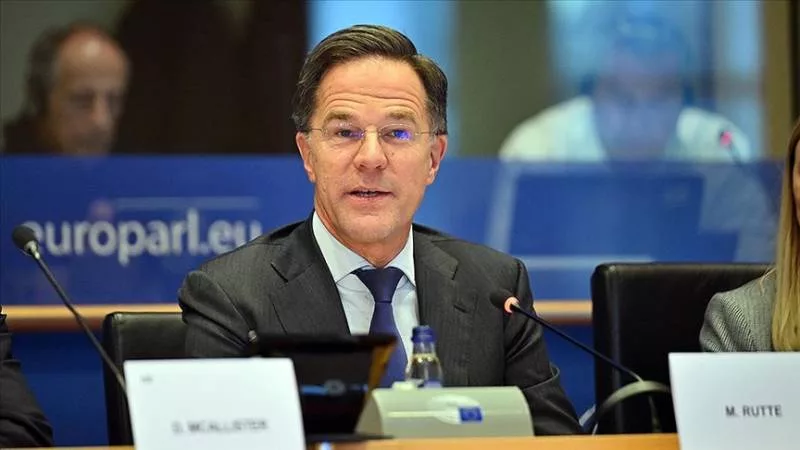NATO Secretary-General Mark Rutte announced on Tuesday the launch of a new mission, Baltic Sentry, focused on protecting critical undersea cables in the Baltic Sea region.
During a meeting with leaders of NATO countries bordering the Baltic Sea, Rutte emphasized the increasing significance of these cables and the necessity of addressing emerging threats in the area.
“I am pleased to announce that NATO is initiating the Baltic Sentry mission under the authority of the NATO Supreme Allied Commander,” Rutte stated.
He added, “This military operation is part of our ongoing efforts to bolster maritime presence and monitor key areas vital to our alliance.”
The mission will involve the deployment of various assets, including frigates, maritime patrol aircraft, and naval drones.
“We have agreed to launch an initiative employing and deploying new technologies, such as a fleet of naval drones, to enhance surveillance and deterrence,” Rutte concluded.The Baltic Sentry mission addresses rising concerns about potential sabotage of undersea cables and other destabilizing activities in the region. NATO Secretary-General Mark Rutte highlighted ongoing threats, including cyberattacks, assassination attempts, and suspected sabotage in the Baltic Sea.
To enhance vigilance, the mission will integrate national surveillance systems with NATO resources for comprehensive threat detection. Rutte stressed the importance of firm action against threats to critical infrastructure, warning that any such activities could result in severe consequences, such as boarding, impounding, and arrest of vessels involved.
Rutte also called for increased investment in collective defense to strengthen NATO’s capability to address these challenges.
NATO Secretary-General Mark Rutte emphasized the importance of collaboration between NATO’s efforts to detect and deter threats and national law enforcement. He highlighted the need for both deterrence and resilience, stressing that enhancing resilience involves creating safer, more repairable, and redundant infrastructure. NATO plans to collaborate with industry operators to better secure vital undersea assets.
Rutte also warned of the necessity for increased defense investments to ensure long-term security, expressing concern about future safety if collective defense and industrial production are not strengthened.
Finland’s President Alexander Stubb reaffirmed their commitment to taking robust action to protect critical infrastructure in the Baltic Sea.Finland’s President Alexander Stubb reaffirmed their commitment to taking robust action to protect critical infrastructure in the Baltic Sea.Finland recently detained the Eagle S tanker in connection with subsea cable damage on Christmas Day. In November, two telecommunications cables linking Sweden and Denmark were severed, with suspicion falling on the Chinese vessel Yi Peng 3, though China denied Sweden’s request to investigate.
Additional incidents involved the Arelion submarine cable between Gotland and Lithuania, and the C-Lion 1 cable connecting Helsinki and Rostock, both damaged near Sweden’s waters in mid-November. European officials have suggested these disruptions could be acts of sabotage, possibly linked to Russia’s war on Ukraine, though the Kremlin has dismissed these claims as “absurd.”
The unresolved Nord Stream pipeline explosions from September 2022 further highlight the region’s vulnerability to undersea infrastructure attacks.




